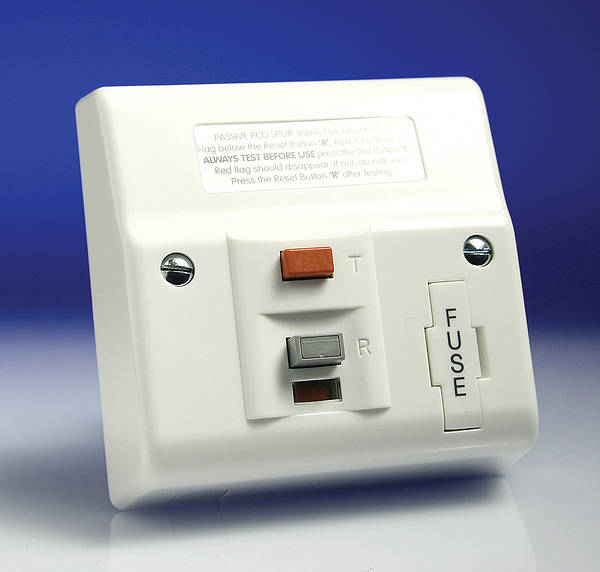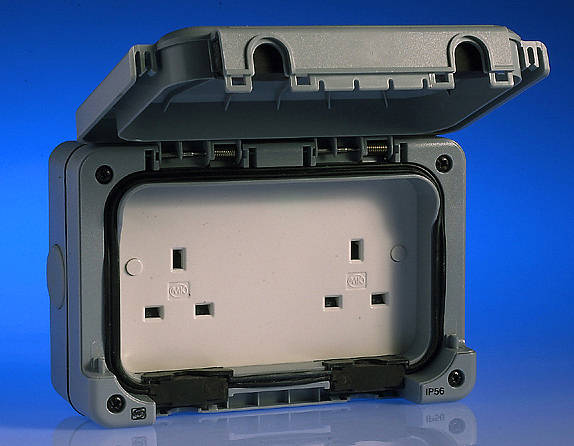Hi
I want to run a permanent power supply lead from the house to the shed (the shed is approx 3 feet from nearest point of house).
At the house-end of the lead will be a standard 3-pin plug plugged into a socket in the house.
The cable will be routed to the outside via a convenient ventilation vent in the wall.
The cable will exit the vent outside at 12" above ground level and will be stapled on the ouside wall and up to the underside of the roof overhang (it's a bungalow). The cable will exposed to some of the elements being on the outside wall, but will be largely protected by the 12" roof overhang (the wall stays dry in the heaviest rain).
The cable will then have to straddle the 3-ft gap between the house and the shed. Here the cable will be fully exposed.
At the shed-end of the cable (which will be run inside the shed) will be the male half of 3-pin 2-part cable connector. The other half of this cable connector will be attached to a battery recharging cable which is wired directly to a motability scooter stored in the shed.
What I want to be able to do is to be able to charge the scooter while it is in the shed by doing nothing more than plugging the cable connector together in the shed and flicking a switch on the wall socket inside the house. At the moment I have to set up extension leads and run them through an open window or door to the shed.
I didn't want to have to go down the "burying cable" route for such a simple operation.
Is standard 3-core cable safe to use for my purpose?
Thanks for any advice
I want to run a permanent power supply lead from the house to the shed (the shed is approx 3 feet from nearest point of house).
At the house-end of the lead will be a standard 3-pin plug plugged into a socket in the house.
The cable will be routed to the outside via a convenient ventilation vent in the wall.
The cable will exit the vent outside at 12" above ground level and will be stapled on the ouside wall and up to the underside of the roof overhang (it's a bungalow). The cable will exposed to some of the elements being on the outside wall, but will be largely protected by the 12" roof overhang (the wall stays dry in the heaviest rain).
The cable will then have to straddle the 3-ft gap between the house and the shed. Here the cable will be fully exposed.
At the shed-end of the cable (which will be run inside the shed) will be the male half of 3-pin 2-part cable connector. The other half of this cable connector will be attached to a battery recharging cable which is wired directly to a motability scooter stored in the shed.
What I want to be able to do is to be able to charge the scooter while it is in the shed by doing nothing more than plugging the cable connector together in the shed and flicking a switch on the wall socket inside the house. At the moment I have to set up extension leads and run them through an open window or door to the shed.
I didn't want to have to go down the "burying cable" route for such a simple operation.
Is standard 3-core cable safe to use for my purpose?
Thanks for any advice





